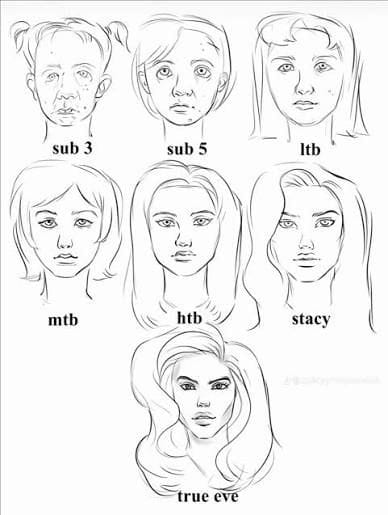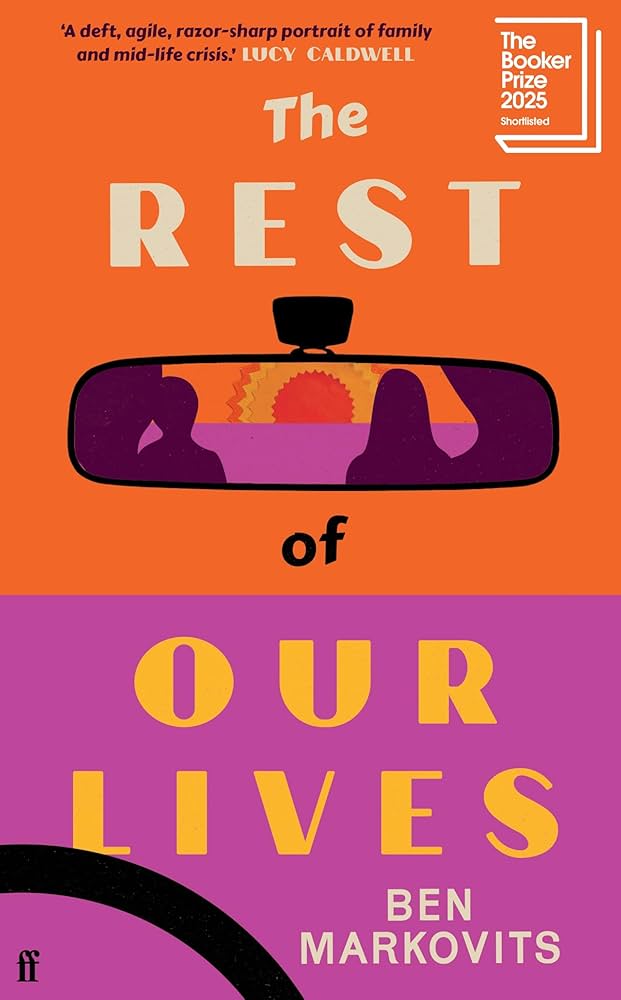I blackpilled my algorithm so you don’t have to.
Part two of my Felix Duology on blackpills.
Considering the recent 5-page news spread on Imperial Agartha, I was inspired to write about a community very closely associated, and coincidentally, in the last few weeks, I had unintentionally blackpilled my TikTok algorithm. It started off harmless as I had seen one TikTok of illustrations of women across the “looksmaxxing” scale – from “sub-human” to “true Eve”, – and wanted to find out more about what it was. My expectations were mostly superficial. I assumed I would encounter a pre-dictable mix of grooming hacks and gym advice. Even the rating systems that classify men from sub-5 to Chad seemed, at first, broadly humorous. It was all ironic internet terminology I had heard before.

But algorithms have a way of eroding until all that is left is the true context, without many layers of irony. The longer I watched, the more the humour fell away. I got to know these “looksmaxxers,” many of whom are likely young men at this very university. Names I am now familiar with: Clavicular, K. Shami, Zeta, Hullo, Baby Stickley, Oscar Patel, and Cookie (all supposedly part of “the Cookieverse”), with the circles also often invoking the famous Australian supermodel, Jordan Barrett. I soon discovered these rankings were not ironic or playful. They were presented as diagnostic, reducing people to a rubric with measurable inputs and fixed outputs, and the worldview built around that rubric was not simply self-improvement but stratification.
The first shift I noticed was aesthetic. The traits considered ideal in these spaces are remarkably uniform: tall height, angular bone structure, a narrow nasal bridge, deep-set blue eyes, projected maxilla and mandible, a tall ramus, a pronounced brow bone, and light skin. The preference was so consistent that it became impossible to view it as anything other than overwhelmingly Eurocentric. Yet, the language used to justify it was not cultural but biological. These traits were framed as evolutionary facts, as though mate selection had been solved by an informal form of facial geometry.
The tone became more scientific in appearance but not in substance. I started to find it quite silly in its own way – the pharmacological accuracy with which these young men spoke was impressive, and the extent of their research was sincere. They knew what they were injecting into their bodies, and by what mechanisms bones and muscles grow and change. Videos referenced “neonatal ratios,” “orbital recession,” and “sexual dimorphism indices” as though they were part of a peer-reviewed taxonomy of attractiveness. I am not a medical student, yet after two weeks inside this ecosystem, I could name far more bones of the face than I ever expected to know. Looksmaxxing TikTok had effectively given me an accelerated course in craniofacial anatomy, orthodontic treatment, and peptide usage, albeit one shaped by ideology rather than science. I now know what a “Lefort 3” double jaw surgery is.
No figure embodies this more than the influencer known as Clavicular. And yet, it’s not the obsessive focus on his so-called “ascension” – the community’s term for becoming more attractive – that stands out. It’s not the edits of his changing face and physique, framed as proof of discipline or genetic superiority. It’s not even the extreme methods discussed around him: severe caloric restriction, various injectable peptides and fat-dissolving agents, or potent appetite suppressants like methamphetamine and cocaine. It’s not his age, either; he is only nineteen, after reportedly using exogenous testosterone since he was fourteen. What’s most troubling is his active promotion of all these practices to young men through YouTube and a paid online community. The advice takes on a tone that borders on prescriptive. Many of the viewers are teenage boys still undergoing skeletal development. They are told that puberty is a “window of opportunity” before their maxillofacial sutures fuse. They are encouraged to pursue orthodontic treatment even in the absence of medical need.

Alongside this pseudo-scientific framing sits a social environment that is often openly hostile. On Twitch and Kick streams, women are discussed in a way that is relentlessly objectifying. They are rated on rigid criteria, dismissed for minor deviations from the preferred phenotype, or criticised for preferences. The sexism is direct and unfiltered and sits beside an equally troubling kind of racial essentialism. Facial structures associated with different ethnic groups are described as inherently inferior.
This ideological landscape does not remain contained within appearance culture. It connects outward. The more time I spent on this algorithm, the clearer it became that the blackpill overlaps with online spaces associated with the alt-right. Certain symbols and narratives appear repeatedly, including references to Agartha, becoming shorthand for a world where everyone is sorted permanently according to their biological value.
So, it is clear in the same way as sub-reddits became alt-right 4-chans 5-10 years ago, what starts as self-improvement TikTok quickly mutates into a deterministic doctrine. The red-pill movement of the past should not be forgotten in the slightest, but a new, more subtle pipeline is emerging. The black-pill: the nihilistic belief that one’s situation is hopeless and cannot be changed, but as much should be done as possible, by any means possible.









